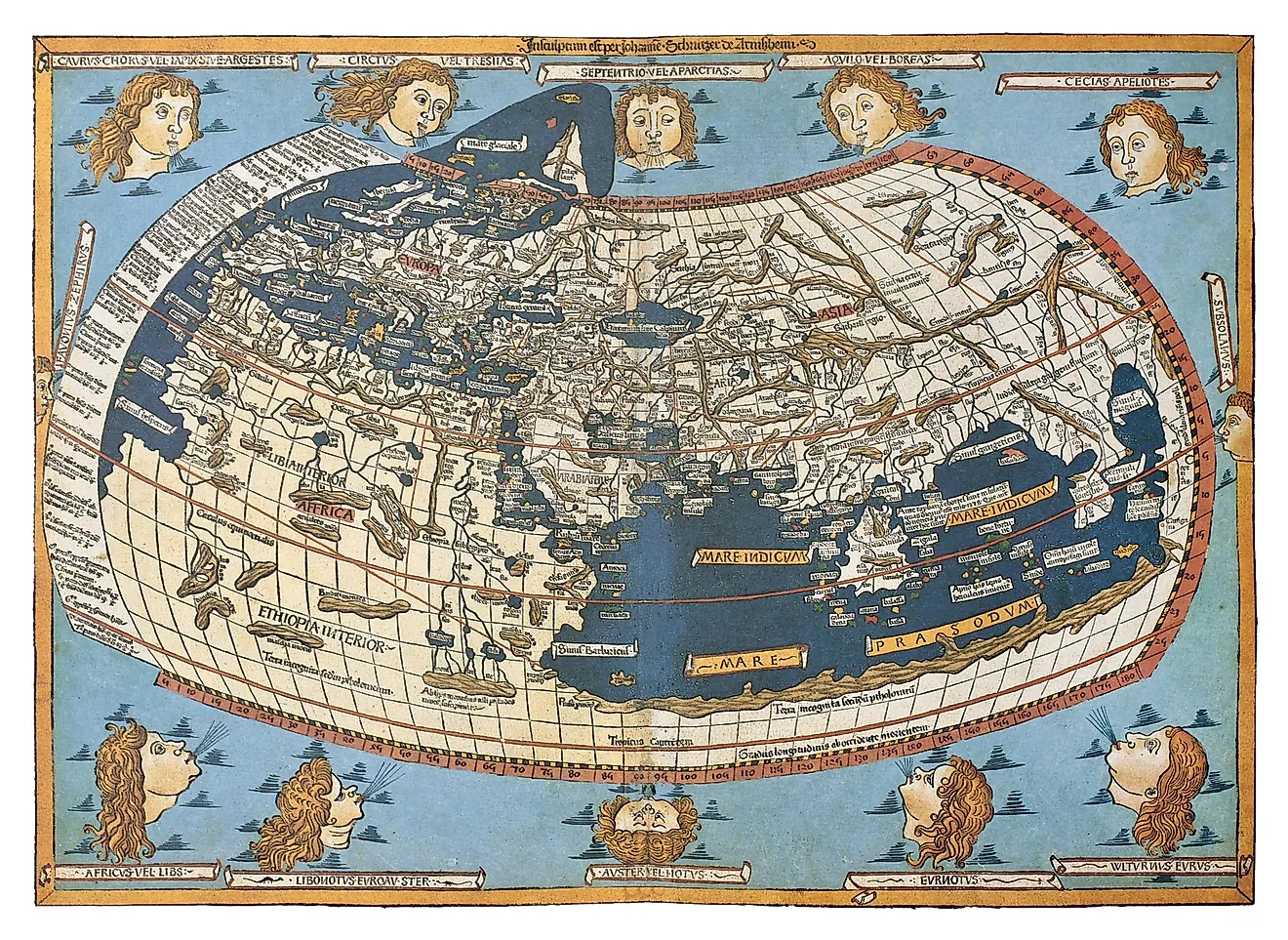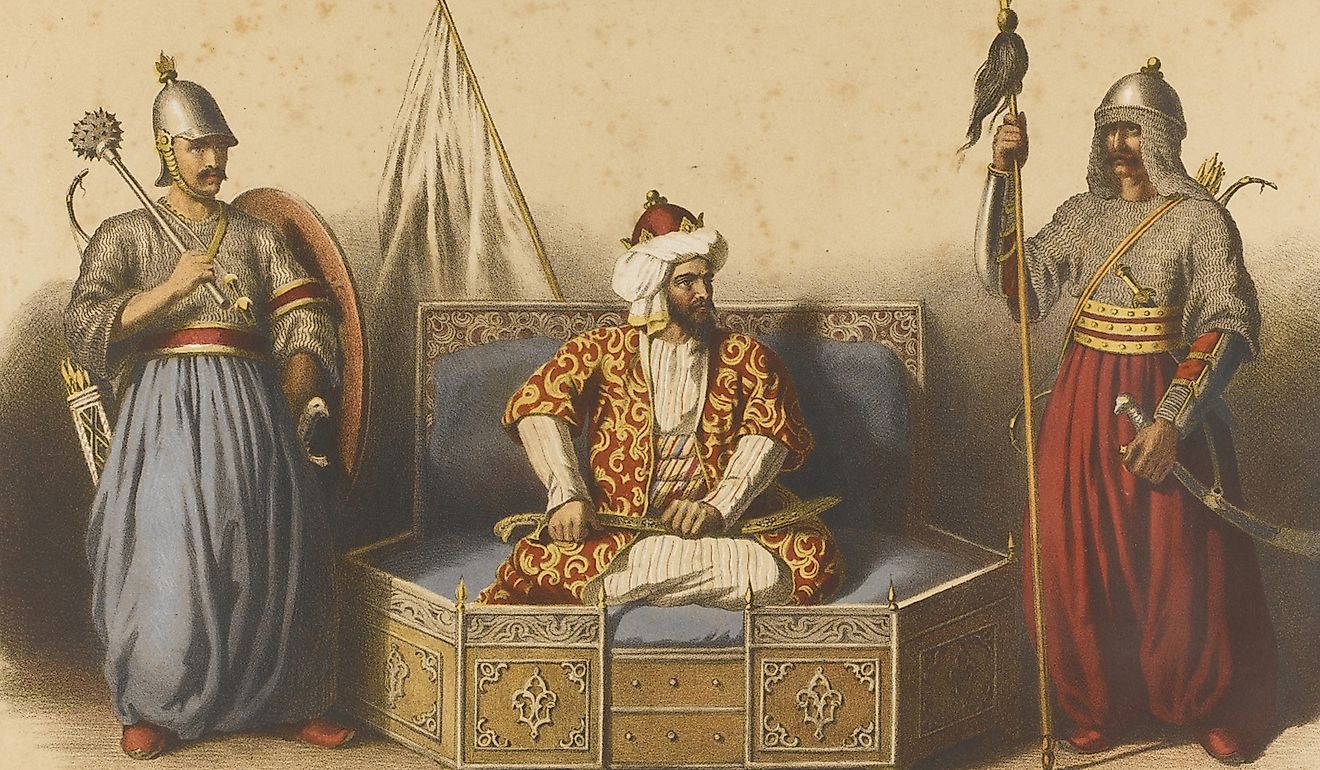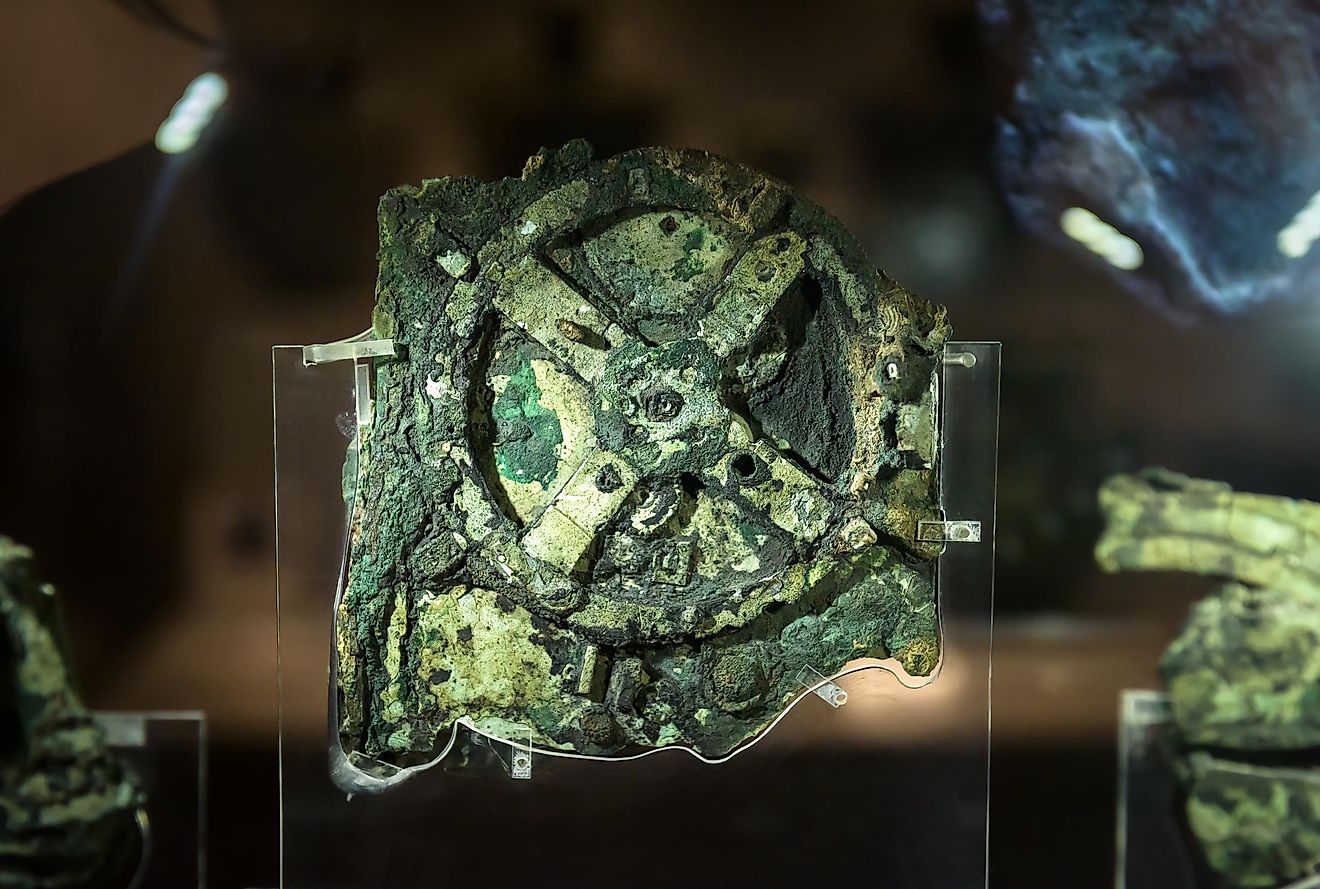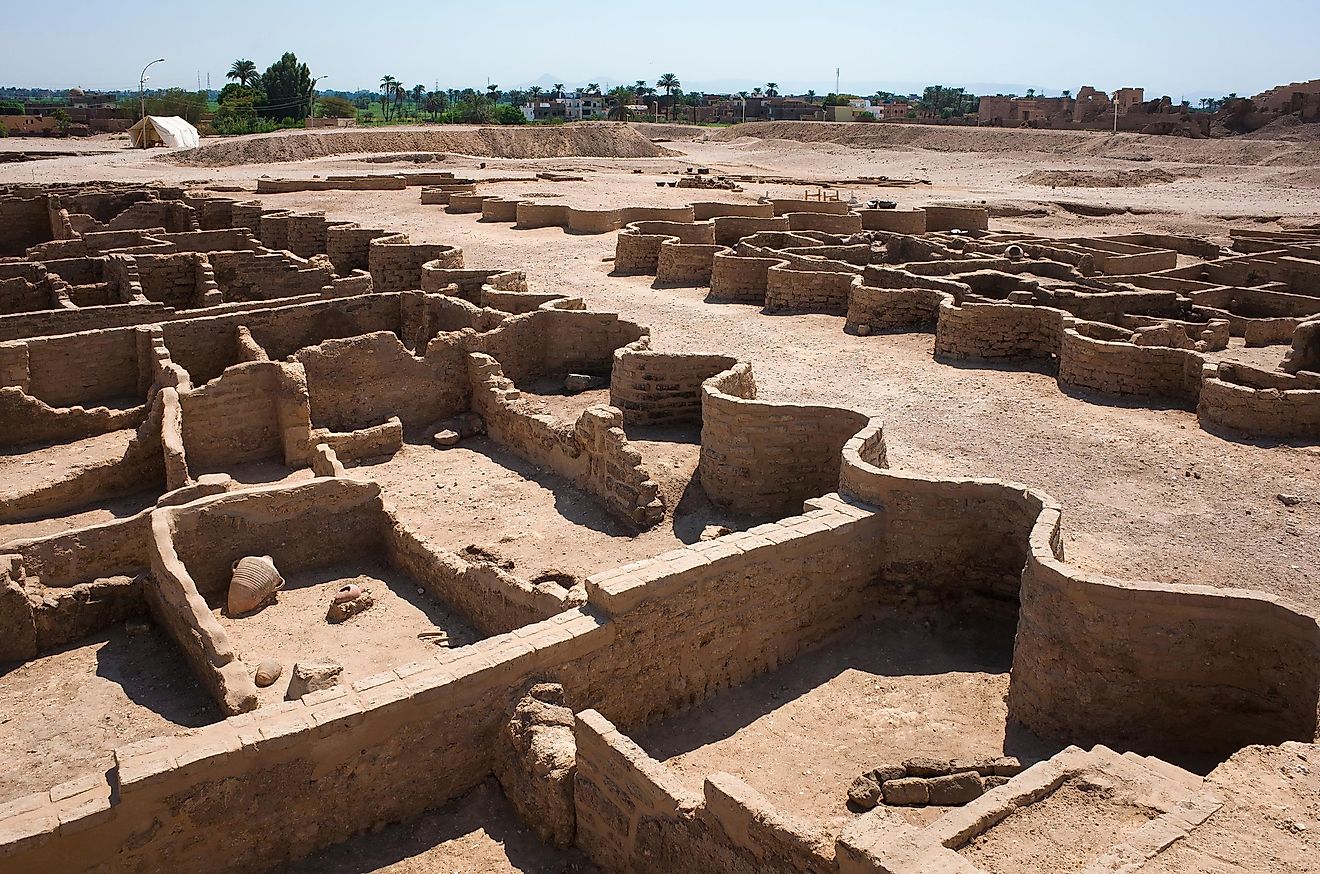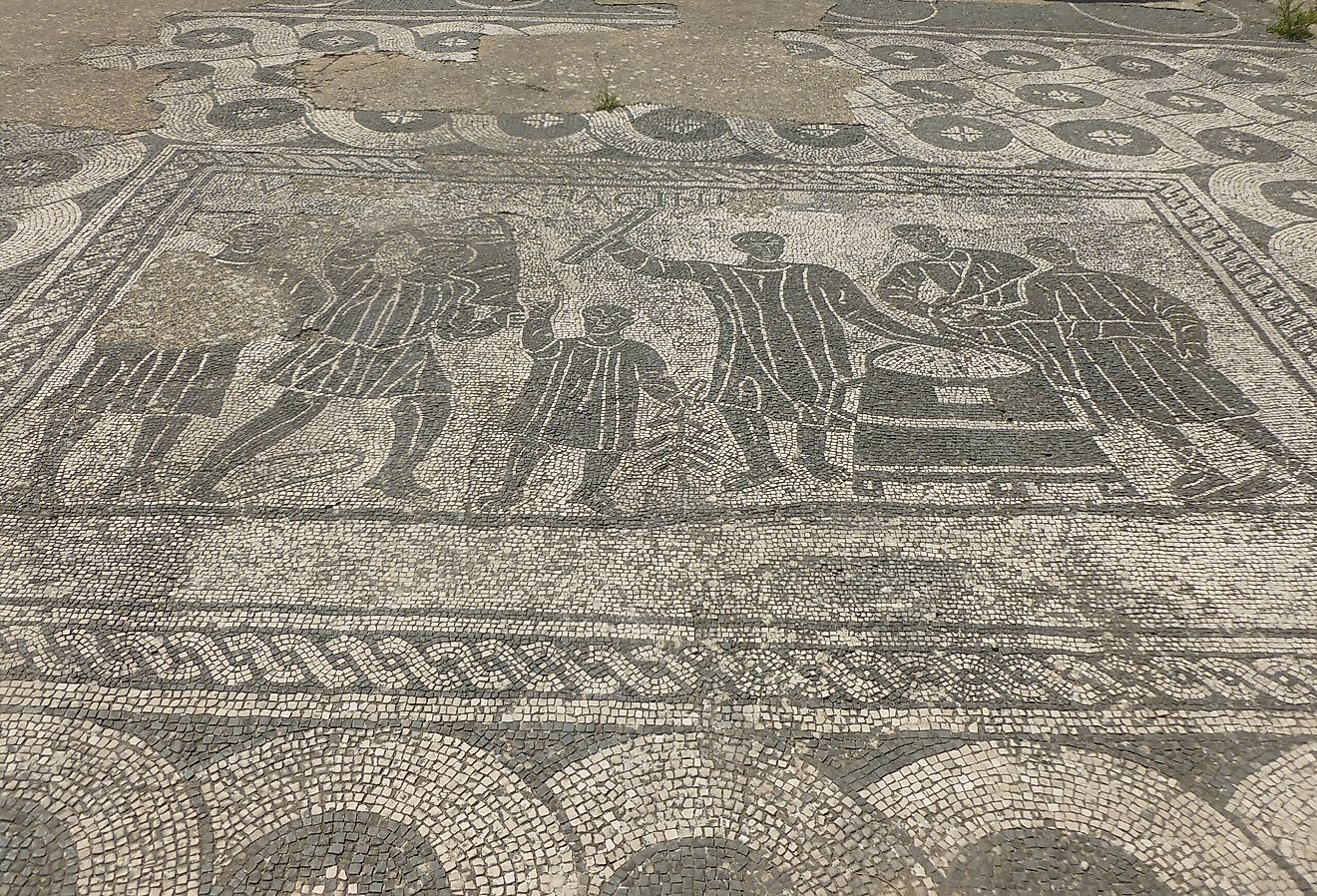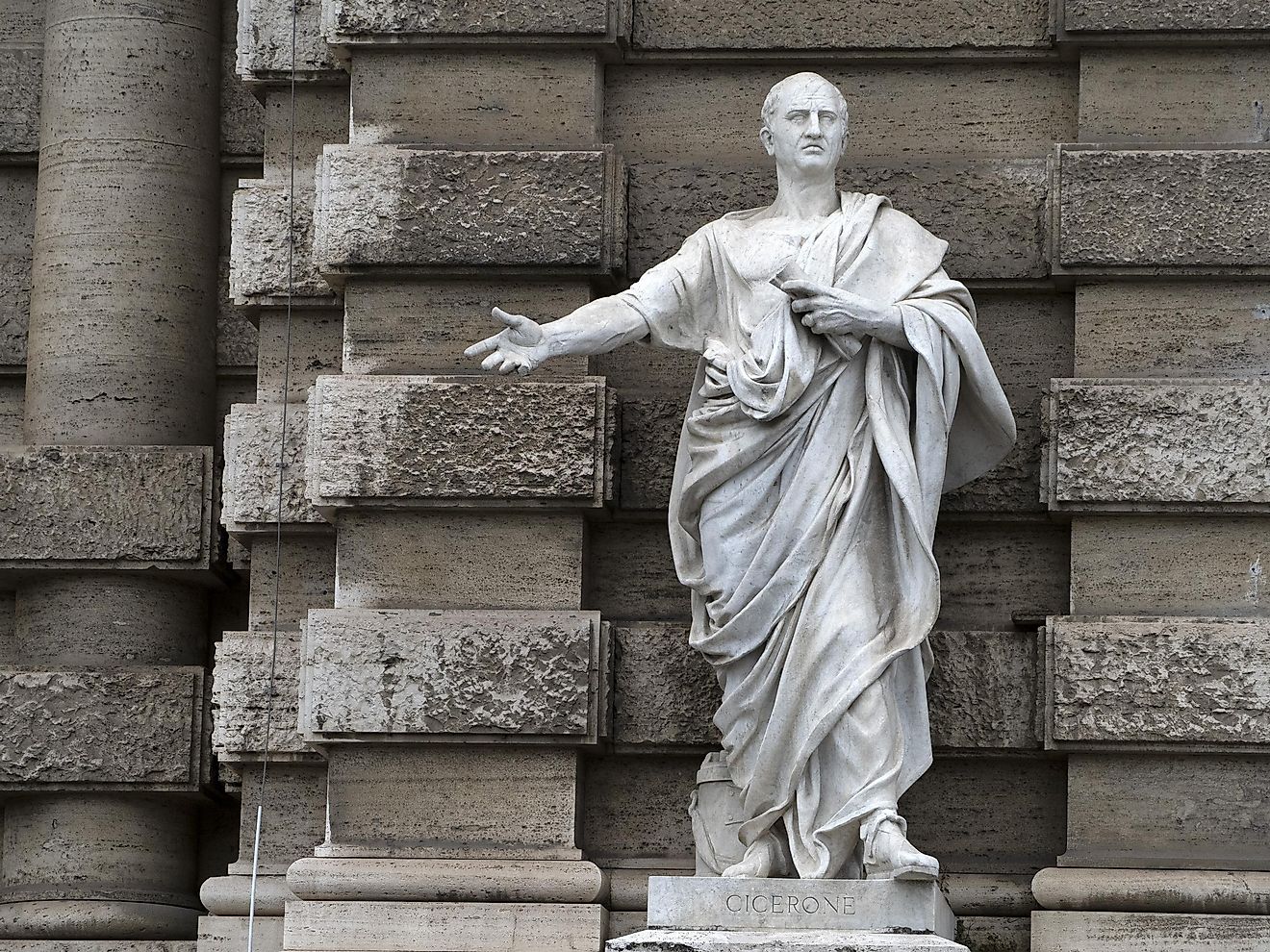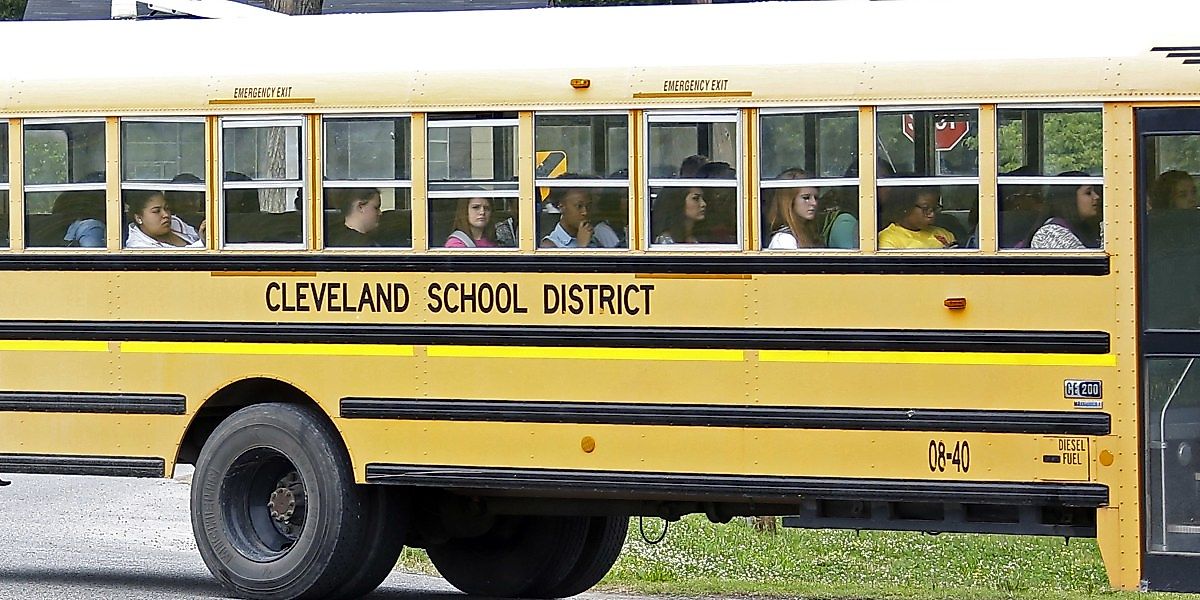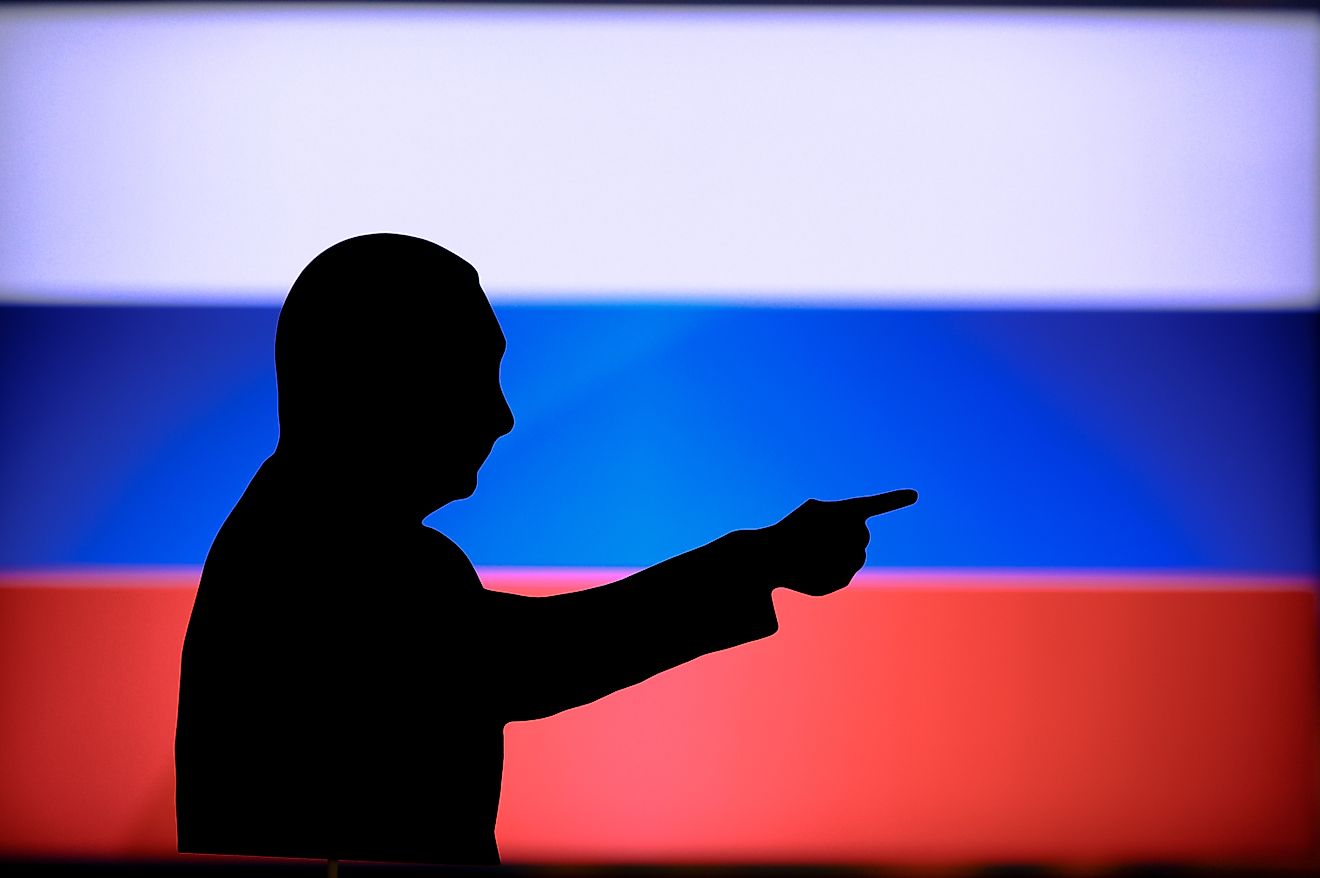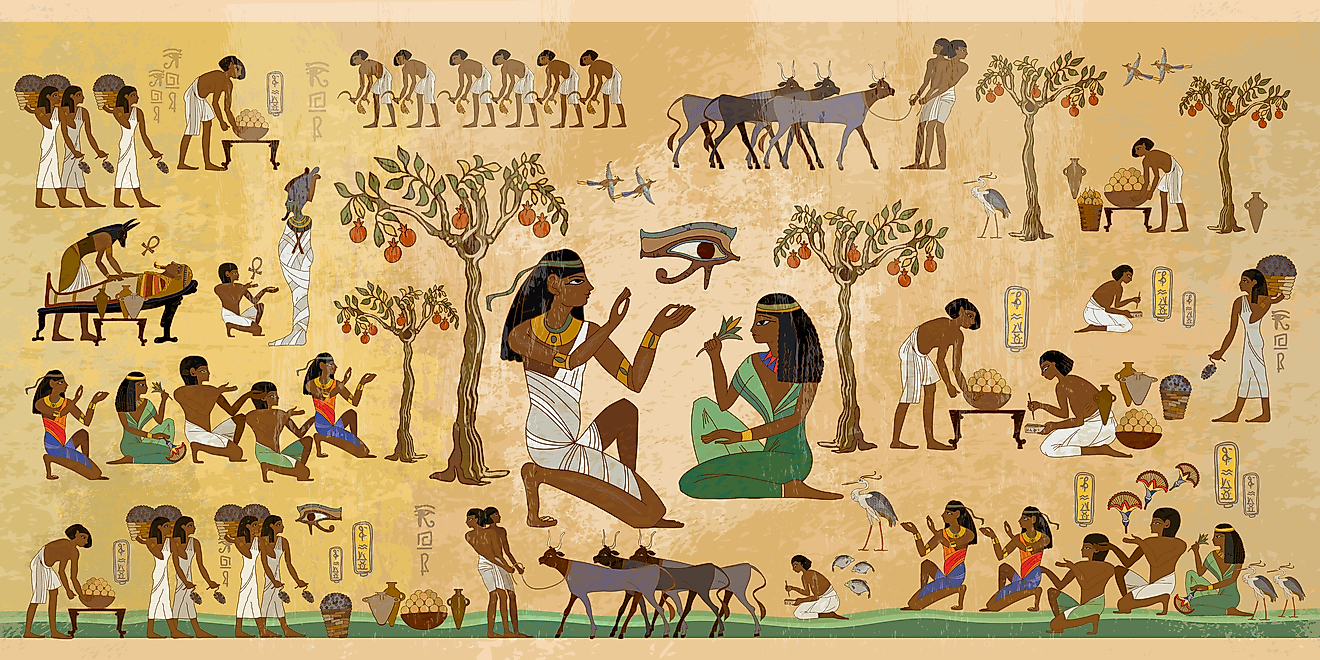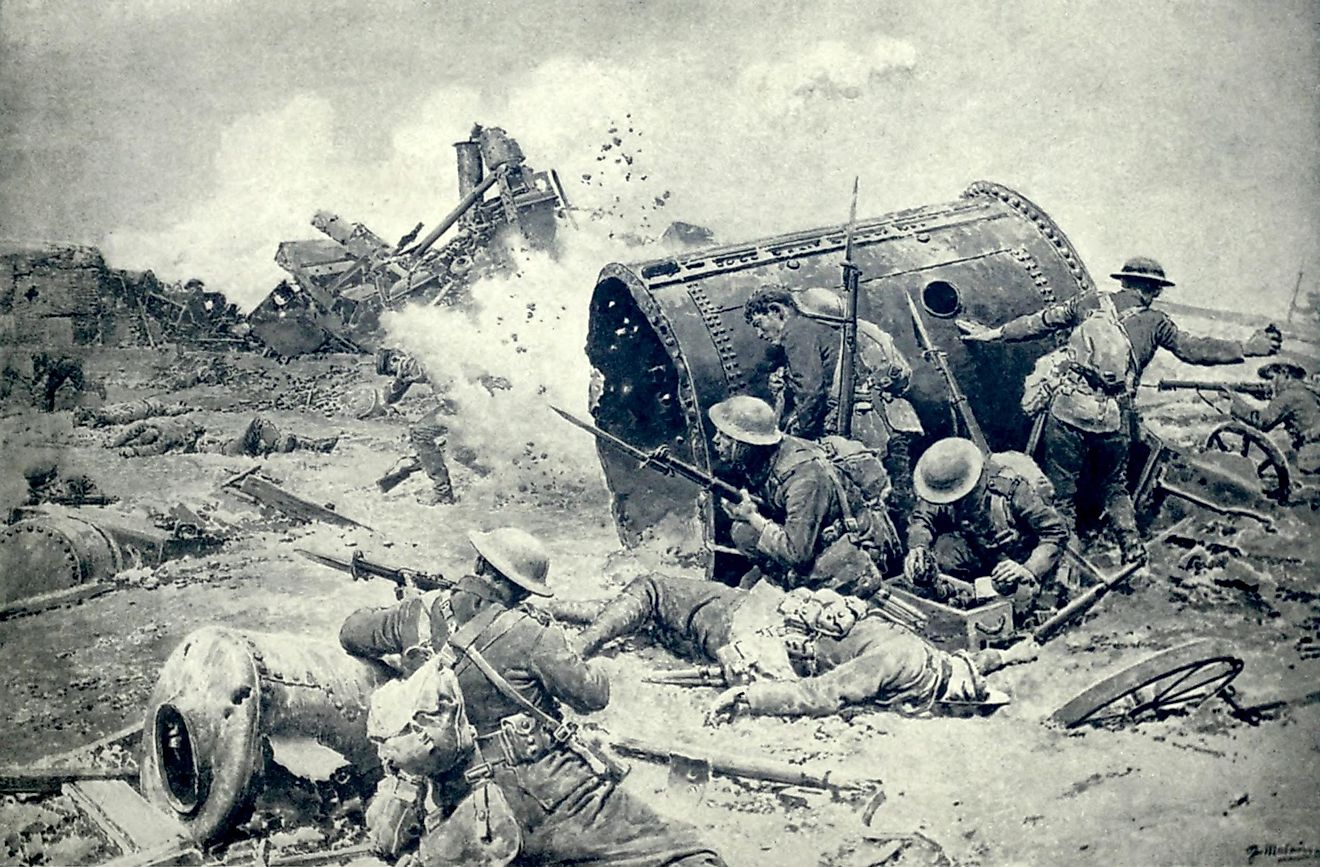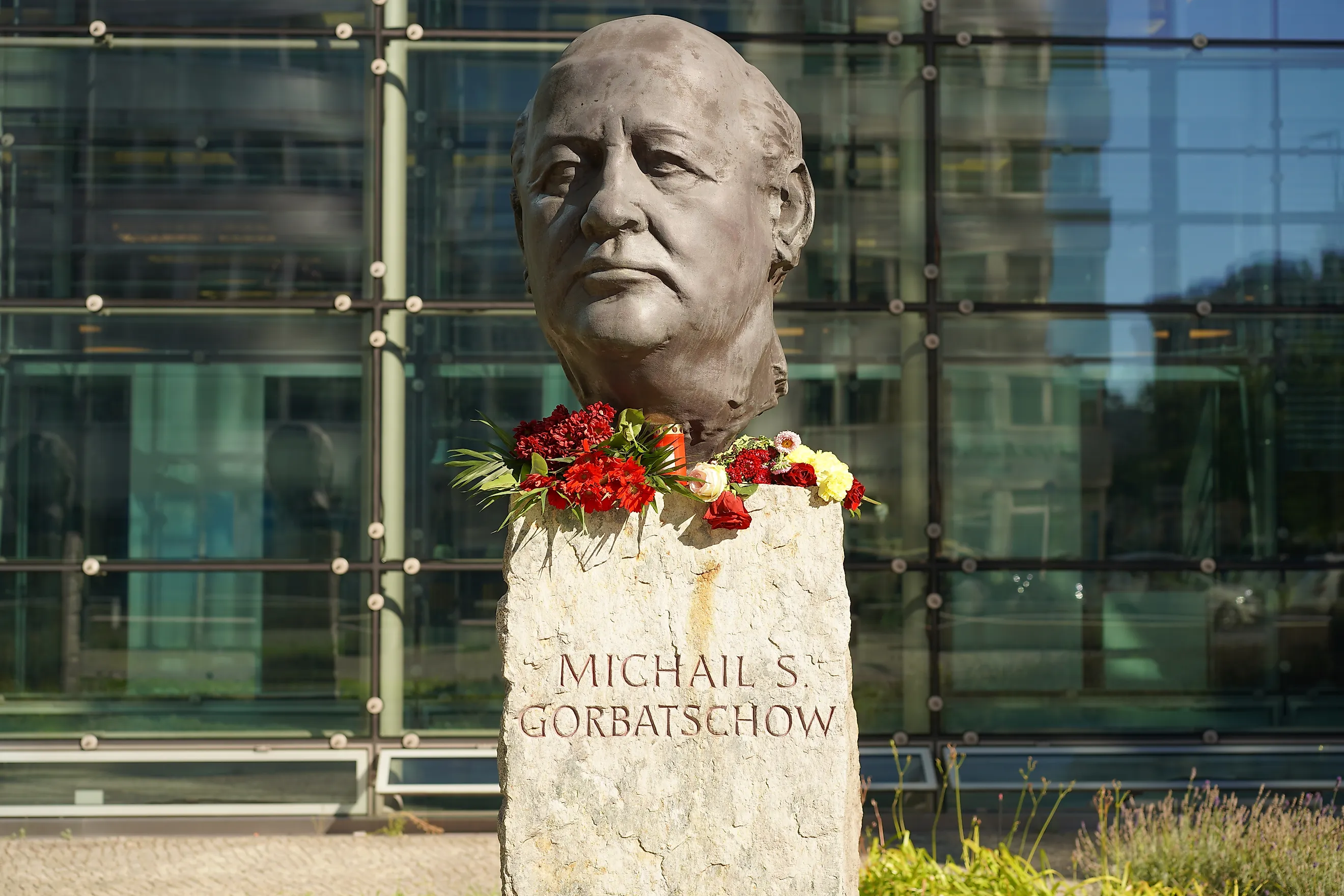
What Were Glasnost and Perestroika?
Mikhail Gorbachev became the General Secretary of the Soviet Union (USSR) in March 1985. As the final leader in the country's history, his tenure was eventful and often tumultuous. Indeed, it saw a dramatic increase in freedoms for Soviet citizens, a liberalisation of the economy, and ultimately, the end of the USSR altogether. Perhaps the two biggest ideas influencing Gorbachev's policies were Perestroika and Glasnost. Roughly translated to "restructuring" and "openness", respectively, understanding these concepts is crucial to comprehending the final years of the Soviet Union.
Background
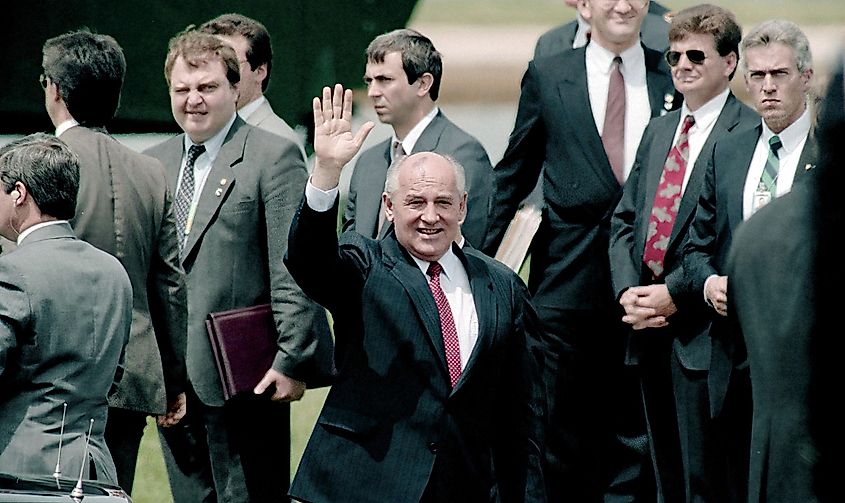
Long-time Soviet leader Leonid Brezhnev died in November 1982. He was succeeded by Yuri Andropov, who quickly grew ill and died in February 1984. He was then succeeded by Konstantin Chernenko. Chernenko was even older and sicker than Andropov, and he died after only 13 months in power. Finally, Mikhail Gorbachev succeeded Chernenko in March 1985. Born in 1931, Gorbachev came of age during the "thaw" period of Nikita Khrushchev's reign, which saw a relative increase in freedoms compared to Joseph Stalin's tenure. This influenced Gorbachev and shaped many of his policy decisions.
At the beginning of his leadership, Gorbachev set about identifying the key problems facing the Soviet system. One such problem was a shortage of consumer goods, and the black market that had emerged to provide these goods. To help solve this problem, Gorbachev legalized small-scale private businesses. However, this accomplished very little. Gorbachev also identified alcoholism as an issue, with it being both a drain on the economy and negatively affecting people's health. Therefore, he raised the legal drinking age from 18 to 21 and created an anti-alcohol propaganda campaign. This also did not solve the problem and simply resulted in more black market alcohol. All of these initial failures made Gorbachev realise that more dramatic changes were needed.
Perestroika
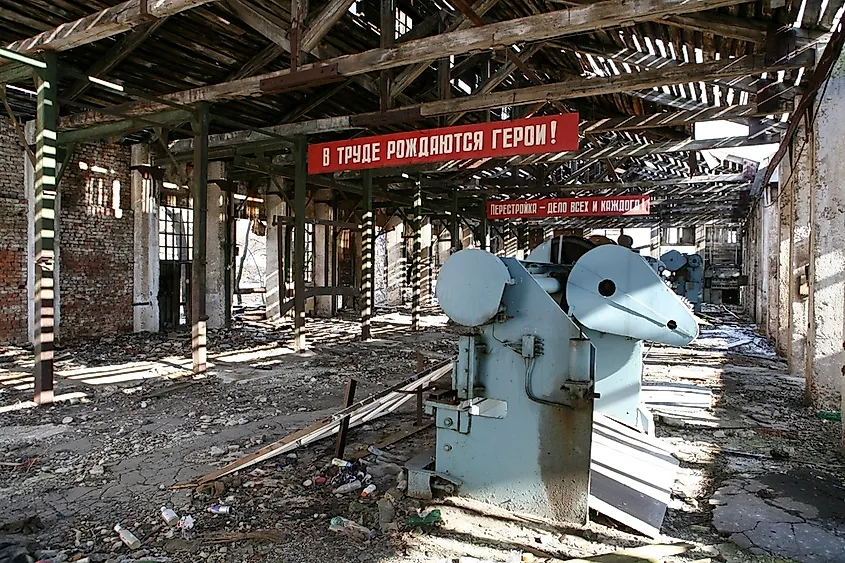
The first measures Gorbachev took were influenced by an idea called perestroika. Roughly translated to "restructuring", perestroika contributed to somewhat radical changes to the Soviet economy. For instance, Gorbachev introduced cooperatives, thereby allowing people to open private businesses. While there were strict employment restrictions and high taxes on these businesses, it was a significant step towards a more open economy. Another major change occurred when Gorbachev allowed for foreign direct investment in the Soviet Union. Perhaps the most well-known example of this occurred when McDonald's opened a restaurant in Moscow in 1990. This was incredibly popular, with Soviets lining up outside the store for 24 hours, even months after it opened.
Despite some individual instances of success, perestroika failed to reform the Soviet economy. More private businesses created a supply and demand-based economy, and when demand for certain goods and services increased, prices also increased. While Gorbachev insisted that this was necessary in the short term for better results later, Soviet citizens were unwilling to listen to a government that had lied to them for decades. Therefore, other changes were required to help fix the Soviet system.
Glasnost
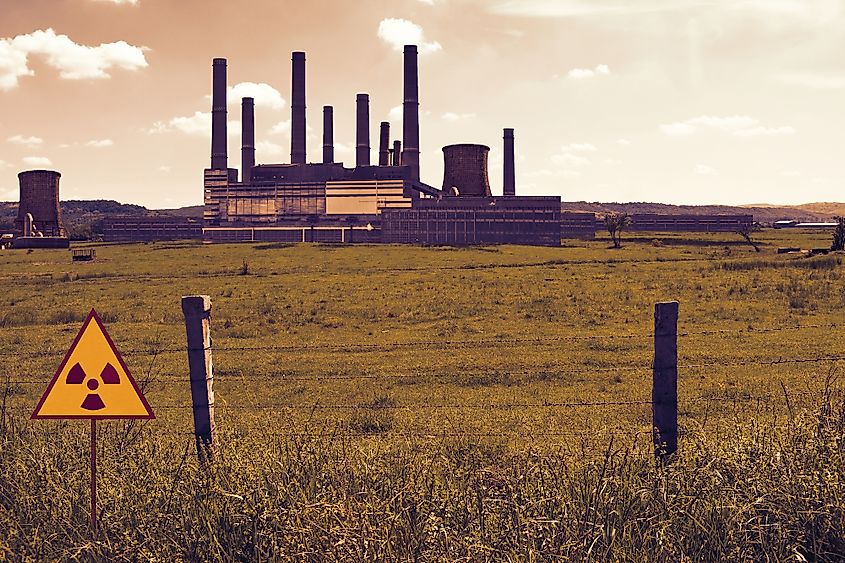
Glasnost was the idea behind this second set of changes. Roughly translated to "openness", it initially entailed limited freedom of speech for scholars. The plan was that they would help identify problems with the Soviet system and solutions to these problems. However, the event that jump-started a broader conception of glasnost was the 1986 Chornobyl Disaster, in which a nuclear reactor near Pripyat, Ukraine, exploded. Thousands died, some immediately and some later due to the long-term effects of radiation poisoning. Gorbachev tried to cover up the disaster, but the scale made it impossible to do so. This caused Gorbachev's popularity to plummet and demonstrated the oxymoronic nature of limited freedom of speech. Nonetheless, the disaster also prompted a surge in freedoms, openness, and government transparency. Famous literary works that were critical of totalitarianism, like 1984, were published. Prominent figures who were eliminated in the Great Purge of the 1930s, like Nikolai Bukharin, Grigory Zinoviev, and Lev Kamenev, were also politically rehabilitated. Finally, greater religious freedom was permitted; in 1988, Gorbachev had a cordial discussion with the leader of the Russian Orthodox Chruch and legalised the Ukrainian Orthodox Church. 1988 also marked the anniversary of the Christian millennium in Russia, and this was officially celebrated by the government. In short, while glasnost was initially meant to be limited, it quickly spiraled into something more widespread than what was intended.
Impact and Legacy
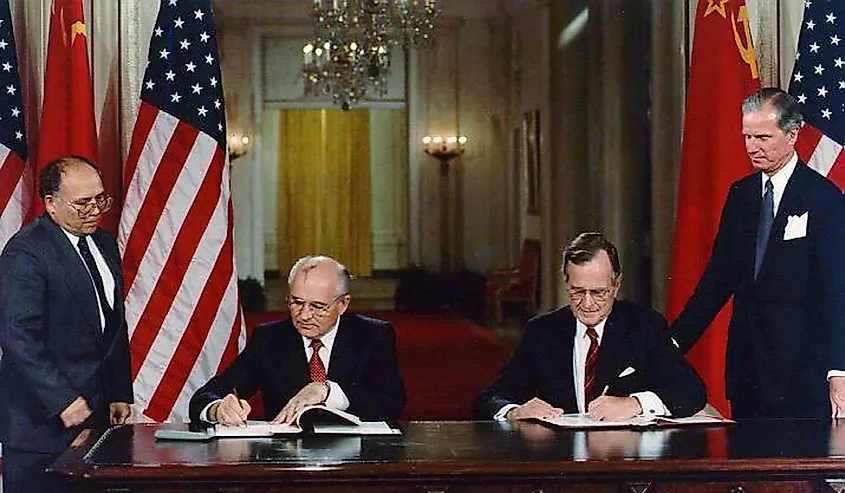
The impact of perestroika and glasnost is difficult to overstate. Perestroika ultimately revealed that the Soviet economy required a complete overhaul, while glasnost, in conjunction with the Chernobyl Disaster, demonstrated the contradictory nature of limited freedom. Furthermore, the disaster resulted in widespread protests, which were initially about the attempted cover-up and the USSR's woeful environmental record. However, they soon spread across the Soviet Union to places like the Baltic States, the Caucasus, and Ukraine. While there was not one unified reason behind these protests, they all expressed significant discontent with the government. All this meant that the Soviet Union was in an increasingly precarious position. Indeed, as would soon be seen, these protests quickly transformed into full-on revolutionary movements that brought about the end of the USSR.

